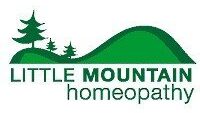About Homeoprophylaxis
Contents Homeoprophylaxis FAQ History of Homeoprophylaxis Scientific Studies and Research on Homeoprophylaxis Homeoprophylaxis FAQ To learn more about homeopathy visit the general Homeopathy FAQ What is homeoprophylaxis? Homeoprophylaxis remedies are usually made from disease material, also known as a nosode. The disease material is then prepared in a homeopathic manner in order to render it completely safe […]


